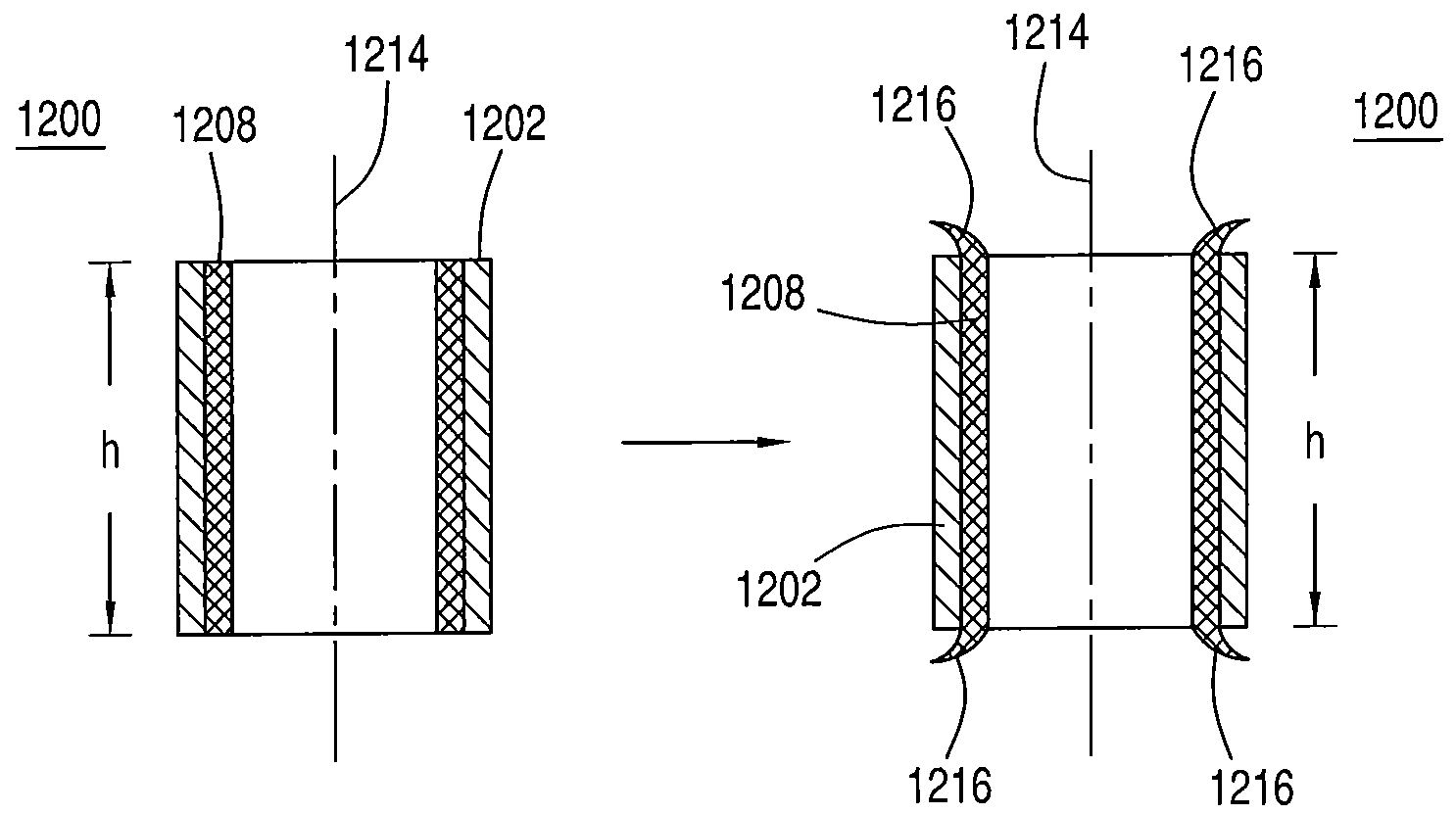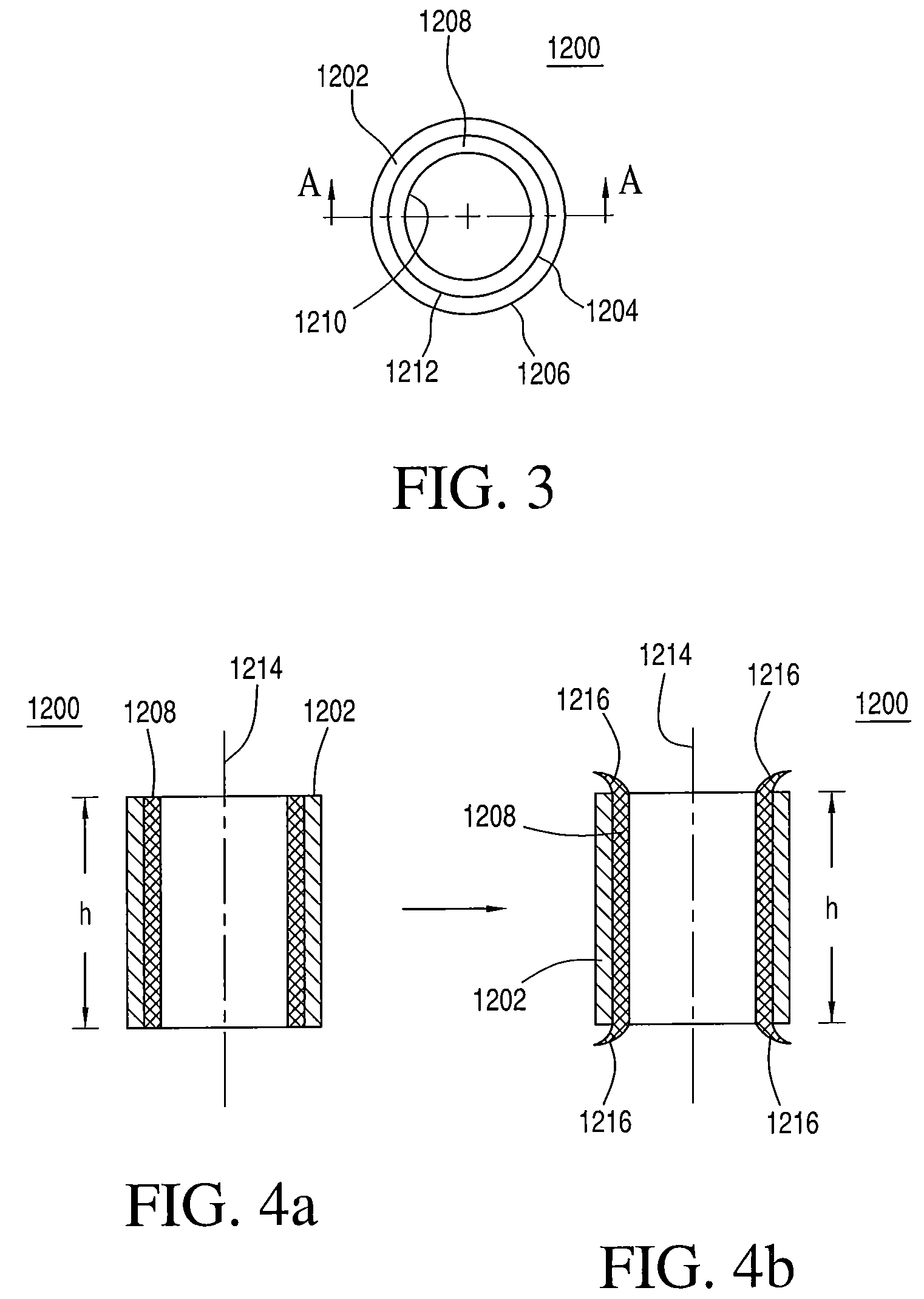Flexible magnet directional stiffening methods
a directional stiffening and flexible technology, applied in the direction of magnetic circuits characterised by magnetic materials, magnetic circuit shapes/forms/construction, magnetic circuit rotating parts, etc., can solve the problem of exacerbated growth-matching problems of flywheel components, limited flywheel design of shaft and hub, and inability to achieve the upper-end velocity of the upper-end velocity, etc. problem, to achieve the effect of facilitating the levitation of the rotor during operation and uniform field
- Summary
- Abstract
- Description
- Claims
- Application Information
AI Technical Summary
Benefits of technology
Problems solved by technology
Method used
Image
Examples
Embodiment Construction
[0018]Some additional variations of the present disclosure will now be described more fully hereinafter with reference to the accompanying drawings, in which some, but not all variations of the disclosure are shown. Indeed, the present disclosure may be embodied in many different forms and should not be construed as limited to the variations and alternatives set forth herein. Instead, these illustrative variations are provided so that this disclosure will be thorough and complete, and will fully convey the scope of the disclosure to those skilled in the art. For example, unless otherwise indicated, referencing something as being a first, second or the like should not be construed to imply a particular order. Also, something may be described as being “above” something else and, unless otherwise indicated, may instead be “below”, and vice versa. Similarly, something described as being to the left of something else may instead be to the right, and vice versa. Like reference numerals re...
PUM
| Property | Measurement | Unit |
|---|---|---|
| circumferential velocities | aaaaa | aaaaa |
| circumferential velocities | aaaaa | aaaaa |
| thickness | aaaaa | aaaaa |
Abstract
Description
Claims
Application Information
 Login to View More
Login to View More - R&D
- Intellectual Property
- Life Sciences
- Materials
- Tech Scout
- Unparalleled Data Quality
- Higher Quality Content
- 60% Fewer Hallucinations
Browse by: Latest US Patents, China's latest patents, Technical Efficacy Thesaurus, Application Domain, Technology Topic, Popular Technical Reports.
© 2025 PatSnap. All rights reserved.Legal|Privacy policy|Modern Slavery Act Transparency Statement|Sitemap|About US| Contact US: help@patsnap.com



